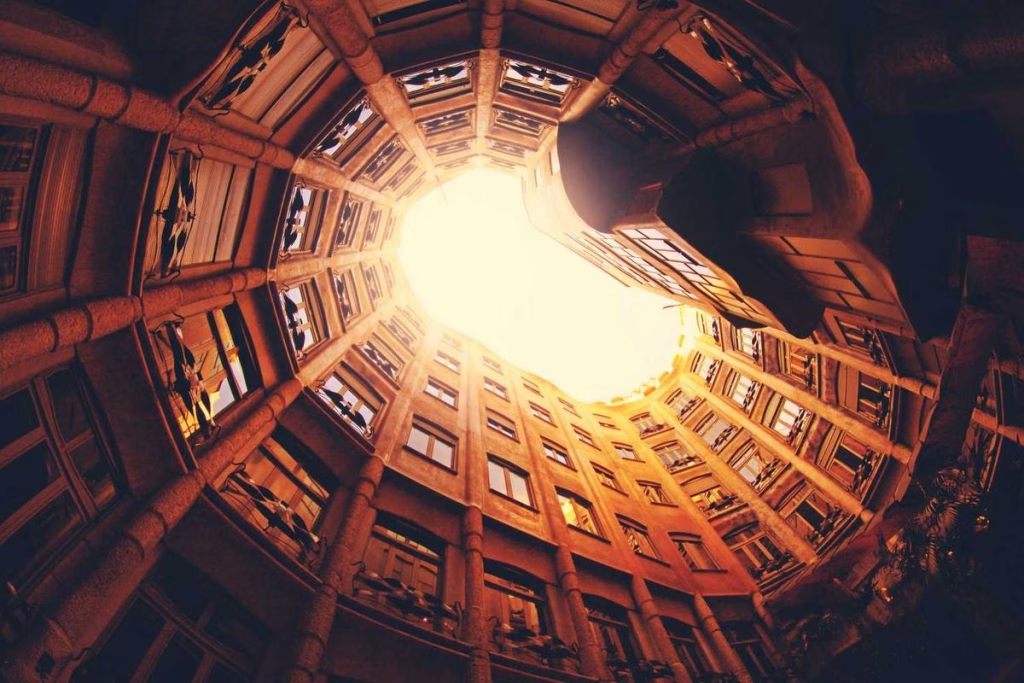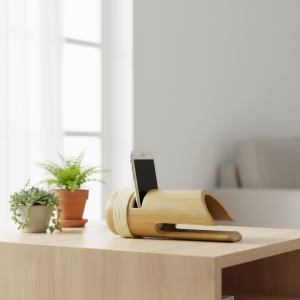Background
In an age where fast furniture and disposable decor have become the norm, a quiet revolution is taking place in homes around the world. Recycled home decor isn’t just about being eco-friendly—it’s about infusing your living space with character, history, and a story that mass-produced items simply can’t offer. This movement embraces the beauty of imperfection, the charm of the past, and the satisfaction of giving discarded objects a second chance to shine.

Why It Matters
The appeal of recycled decor lies in its unique ability to blend sustainability with personal expression. Unlike buying new, each upcycled piece carries a narrative—a vintage ladder repurposed as a bookshelf, mason jars transformed into pendant lights, or old wooden crates becoming rustic storage solutions. These items don’t just fill a space; they spark conversations and reflect a conscious choice to value resourcefulness over convenience.
Getting started with recycled decor doesn’t require expert skills or a hefty budget. Often, the most rewarding projects begin with items already hiding in your attic, basement, or local thrift store. An old window frame can become a whimsical photo display, while chipped teacups might find new life as charming planters. The key is to see potential where others see waste, and to embrace the creative process as part of the joy of homemaking.
According to a recent study published in the Journal of Environmental Psychology, households that incorporate upcycled decor report higher levels of satisfaction with their living spaces compared to those furnished with new, mass-produced items. Researchers found that the unique stories and personal effort invested in recycled pieces foster a deeper emotional connection to one’s home environment, enhancing overall well-being and sense of identity.
Beyond personal satisfaction, choosing recycled decor has tangible environmental benefits. The furniture industry is a significant contributor to deforestation and landfill waste, with millions of tons of furnishings discarded annually. By repurposing materials, we reduce demand for new resources, minimize waste, and lower the carbon footprint associated with manufacturing and transportation. It’s a small but powerful way to align our homes with our values.
Recycled decor also challenges the notion that style must be sacrificed for sustainability. From industrial-chic lighting made from reclaimed pipes to elegant rugs woven from discarded textiles, designers are proving that eco-friendly can be equally fashionable. This approach encourages us to rethink aesthetics, valuing originality and craftsmanship over pristine uniformity, and creating spaces that feel curated rather than catalog-perfect.
Ultimately, embracing recycled home decor is about more than just decorating—it’s a mindset shift towards mindful consumption and creative resourcefulness. It invites us to slow down, to see beauty in the overlooked, and to build homes that tell our stories while honoring the planet. In a world of excess, there’s profound elegance in making something beautiful from what already exists.
You may also like
Aladdin’s Lamp Heat-Change Purple Clay Tea Pot
Original price was: $108.00.$78.00Current price is: $78.00. Add to cartHandwoven Zhuang Brocade Tote Bag – Large-Capacity Boho Shoulder Bag
Original price was: $178.00.$154.00Current price is: $154.00. Add to cartAncient Craftsmanship & ICH Herbal Beads Bracelet with Yellow Citrine & Silver Filigree Cloud-Patterned Luck-Boosting Beads
Original price was: $128.00.$89.00Current price is: $89.00. Add to cartBambooSoundBoost Portable Amplifier
Original price was: $96.00.$66.00Current price is: $66.00. Add to cartAncient Craft Herbal Scented Bead Bracelet with Gold Rutile Quartz, Paired with Sterling Silver (925) Hook Earrings
Original price was: $322.00.$198.00Current price is: $198.00. Add to cartGuangxi Zhuang Brocade Handmade Tote – Ethnic Boho Large-Capacity Shoulder Bag
Original price was: $172.00.$150.00Current price is: $150.00. Add to cart













